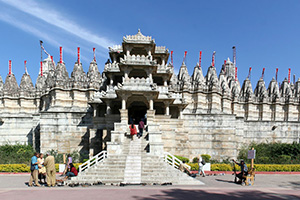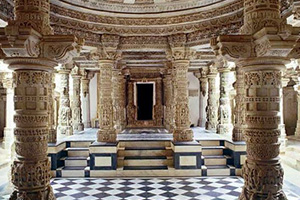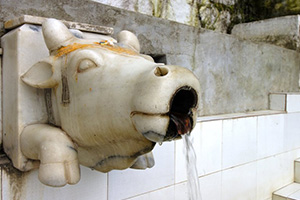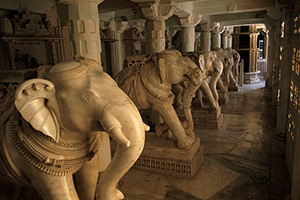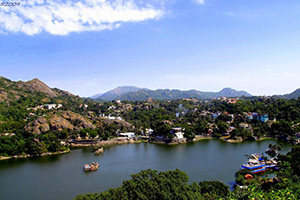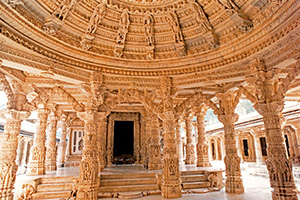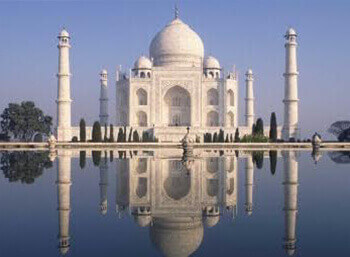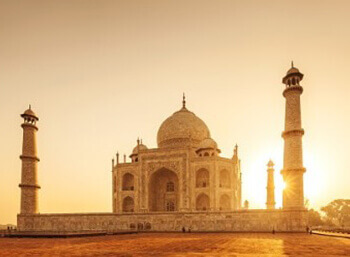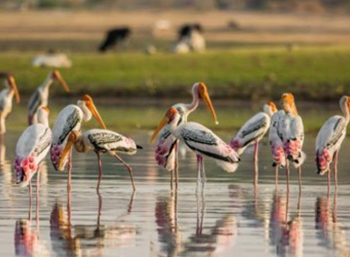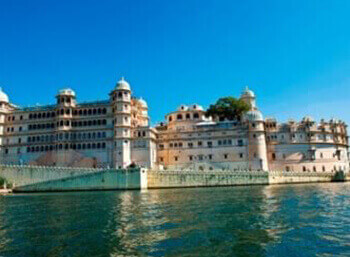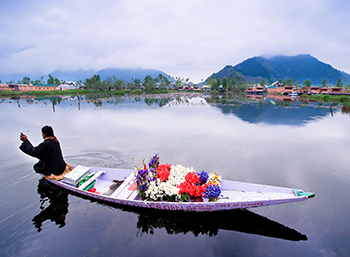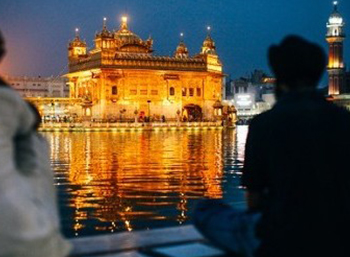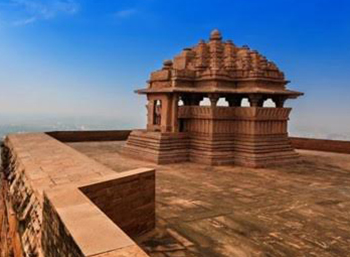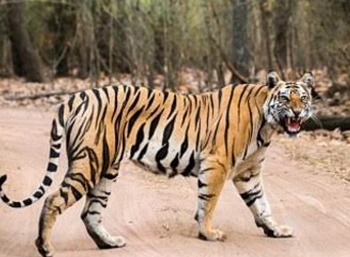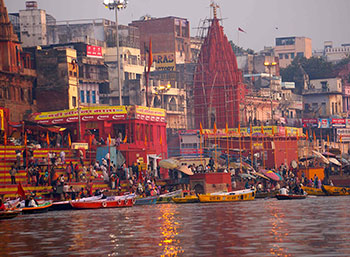Tourism In Rajasthan
Mount Abu
A summer retreat in the Aravallis with a large lake and several temples, it also doubles as a pilgrimage centre with its 11th-13th century Dilwara Jain temples known for the quality of their sculpturing.
Mount Abu at a height of 1,200 metres above sea level is Rajasthan's only hill station. The 22 km long hill station has among its principal attractions a cool climate, the famous Dilwara group of temples, some old palaces like the Bikaner Palace and the Nakki Lake.
History
It is also one of the major pilgrimage sites of India for both Hindu as well as Jain religions. Besides the temples and sites of historical importance, Mt.Abu is also rich in natural scenic beauties. Mount Abu was once a part of the Chauhan kingdom. It was later leased to the British by the then Maharaja of Sirohi for use as the headquarters of the resident to Rajputana (another name for Rajasthan). During the British rule in India, it was the favourite summer destination of the British who came here to escape the dusty, dry heat of the plains. Mount Abu was also the home of many saints and sages in ancient times. Legend has it that all the three hundred and thirty million gods and goddesses of the Hindu pantheon used to visit this holy mountain. This place is held in reverence by Jains since Lord Mahavira, the 24th Jain Tirthankara (spiritual leader), visited Mt.Abu and blessed the city.
Today Mount Abu is a relaxing town good enough to wander around the lake, bazaars and nature trails. It also has the headquarters of the Prajapita BrahmaKumari Spiritual University. There are several viewpoints to appreciate the nature, the most important being the Sunset point. The 290 square kilometers Mount Abu Wildlife Sanctuary is nearby which has bears and panthers as prominent animals. The Sanctuary also encompasses Guru Shikhar, the highest peak of the Aravali ranges. The Achalgarh fort and Adhar Devi temple are other attractions worth seeing.
Places To See
Dilwara Temples
At a very short distance of 5 km lie these wonderfully carved Jain temples dating back to the 11th and 13th centuries A.D. Rated as among the finest of Indian temples, it is recommended that any visitor to Rajasthan include them on his itinerary. The marble architecture here is comparable with the best.
Nakki Lake
In the heart of the town, at one end of the Mall, is the serene Nakki Lake, which has an interesting history. It is believed that the gods formed the lakebed by digging it with their fingernails (nakh); hence the name, Nakki Lake. Picturesquely set, with the hills rising all around it, the lake has several islets to which you can hire boats. An interesting facet of the lake are the many rock formations around it. They have been named Toad Rock, Nun Rock, Nandi Rock and Camel Rock because of their resemblance to these figures. Nun Rock is a large smooth rock as it supposedly looks a woman with a veil. The climb up to these rocks, through the wooded forests is a beautiful one, with each of the rocks on the way making unique formations, fissures and shapes.
Vimala - Vasahi Temple
This is the oldest temple in the complex, built in 1030 A.D. by Vimala Shah, a minister in the Government of Gujarat, to atone for his earthly sins. He dedicated it to Adinath, the first of the Jain tirthankaras, and the central shrine has an image of Adinath. The massive work involved in the temple took fourteen years to complete. The temple has been designed in an austere fashion on the outside but the ornateness strikes you immediately as you enter through the gateway.
Neminath Temple
This was built in 1230 A.D. by two brothers, Vastupal and Tejpal, who dedicated it to Neminath, the 22nd tirthankara. It is told that gold and silver, equivalent in weight to that of the marble was given to the workers who worked on or sculpted the temple. Built in the Solanki style of architecture, the temple has a wonderful lotus flower piece hanging from the central dome in the porch. Shaped like a collection of half-open lotuses it is so exquisitely carved it has a translucent quality.
Gaumukh Temple
Located about 2 Kms from Mount Abu, this is the site of the ancient agnikunda , where legend has it that sage Vashistha performed the great fire sacrifice. The temple contains an image of Vasistha along with images of Lord Rama and Lord Krishna, both of whom are considered to be incarnations of Vishnu, the Preserver of the Hindu trinity. The name Gomukh literally means cow's mouth, referring to a spring here which flows through the mouth of a marble cow. The spring water is believed to have sacred, purifying properties.
How To Reach
By Rail
The nearest railway station is Abu Road, 27 km away, on the Delhi-Ahmedabad rail route.
By Road
The bus-stand is adjacent to it, and buses are available from here, as well as from Mt Abu to all major towns in Rajasthan.
